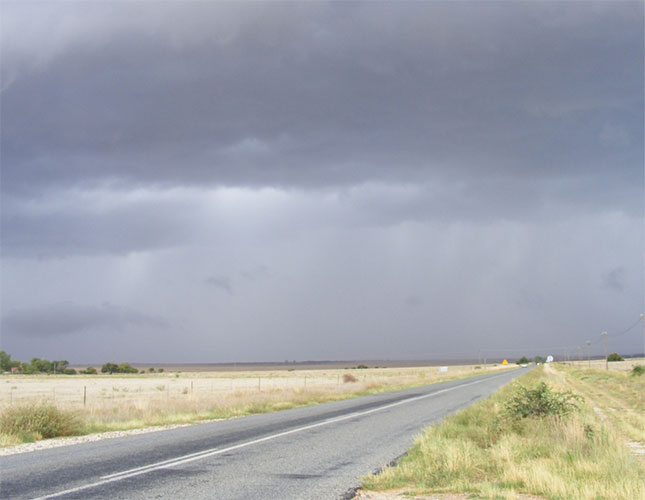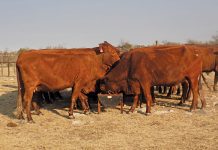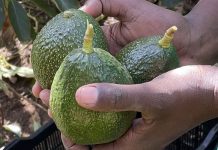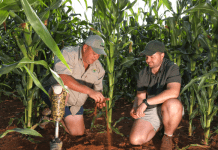
This was according to Santam, specialised crop insurance manager, Johan Van Den Berg.
But conditions are still favourable for rain in the second part of October, which would still be in time to plant crops before the middle of November (the latest planting date in many areas),” said Van Den Berg.
He said cumulative rainfall forecasts until the end of December from accuweather.com indicated that between 300mm and 400mm of rain is possible over the eastern areas (Mpumalanga, Eastern Free State, and KwaZulu-Natal), while between 150mm and 250mm is possible over the central, south-eastern and northern parts (Free State, North West, Eastern Cape, Limpopo and eastern parts of the Northern Cape). Between 30mm and 50mm is expected for the western parts of the Northern Cape.
Expected rainfall conditions for coming months:
- Eastern summer crop production areas (KZN, Gauteng, Mpumalanga and eastern Free State): rain is expected before 31 October, which will enable farmers to plant within the optimum planting window between 1 October and 15 November.
- Central, northern and western summer crop production areas (central to western Free State, Limpopo and North West): rainfall conditions may improve in the second part of October, becoming more favourable in November and December, allowing farmers to plant within an acceptable planting window of 15 to31 December. Rainfall conditions for February to April 2017 also seem favourable.
- Western Cape: Some rain is still expected over the Southern Cape in the second part of October, which may negatively impact harvesting and the quality of winter crops.
Prof Francois Engelbrecht of the CSIR Natural Resources and the Environment cautioned, however, that seasonal forecasts should be interpreted with caution. Engelbrecht was speaking at the 7th Annual Oppenheimer De Beers Group Research Conference held in Johannesburg recently.
‘’Sea-surface temperature anomalies in the central tropical Pacific Ocean are still weak, in the order of -0,5 °C by mid-October, constituting only a weak La Niña event. Most climate models are predicting that this weak La Niña event will weaken [further] during the austral summer, to a cool-neutral state,” he said.
A statistical analysis of weak La Niña events during the last several decades indicated that these events offered no guarantee of good summer rain over southern Africa, he said.












